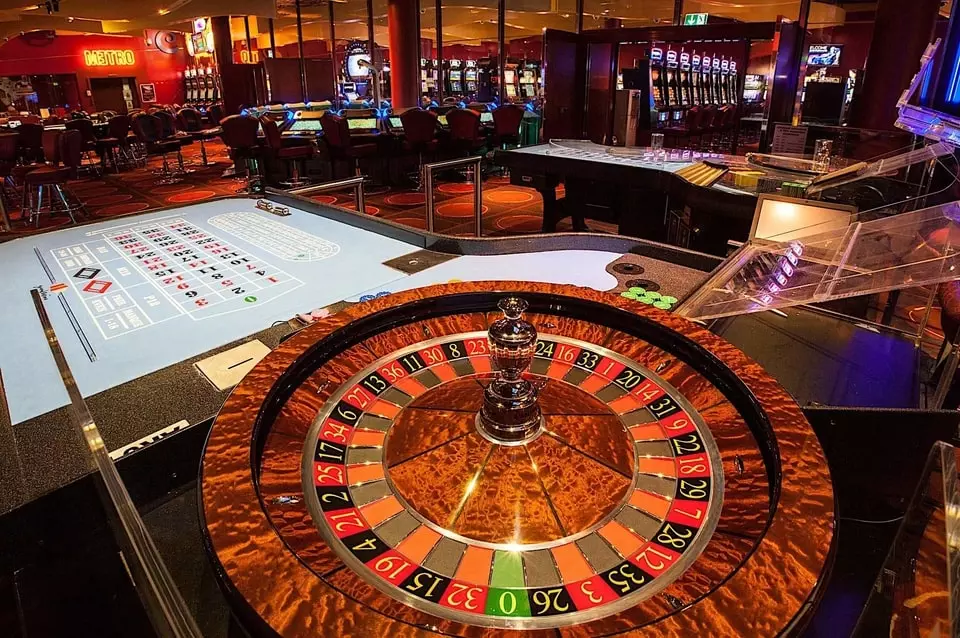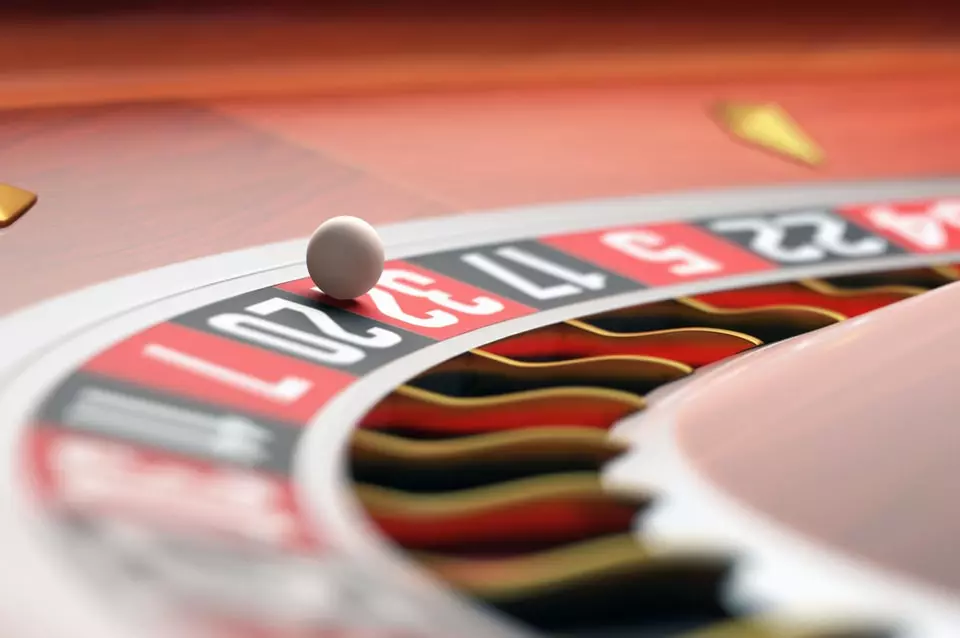 The debates in the federal hearing on the massive tribal casino that is planned to be established in close proximity to Windsor already started earlier this week. The public forum was hosted by the Bureau of Indian Affairs (BIA) and was supposed to provide the local community with the chance to make community comments on a proposed gaming facility and hotel on a 68.6-acre site near Windsor.
The debates in the federal hearing on the massive tribal casino that is planned to be established in close proximity to Windsor already started earlier this week. The public forum was hosted by the Bureau of Indian Affairs (BIA) and was supposed to provide the local community with the chance to make community comments on a proposed gaming facility and hotel on a 68.6-acre site near Windsor.
The Koi Nation’s vice chairman, Dino Beltran, was the first to talk as part of the public comments at the federal hearing. He explained that the construction and operation of the proposed casino project would facilitate the cultural and financial survival of his people who were forced to flee from their ancestral home in Lake County due to resource deprivation and displacement.
Greg Sarris, the chair of the Federated Indians of Graton Rancheria who currently owns the largest casino and gambling venue in the Bay Area outside Rohnert Park, also took part in the hearing. He, however, provided quite a different assessment of a proposed casino resort in Sonoma County, claiming that the Koi Nation should not be given this opportunity due to the fact that the tribe does not originate from Sonoma County and has no rights over the proposed site, which is almost 50 miles from its original reservation.
As previously reported by CasinoGamesPro, Koi Nation’s project faced stiff opposition as soon as it unveiled its $12.3-million takeover deal in 2021. More arguments against the purchase and the planned casino resort project emerged on September 12th, when the BIA officially released an environmental study that was carried out by Acorn Environmental.
Koi Nation’s Sonoma County Casino Project Faces Widespread Opposition Following Environmental Study Completion
 The environmental assessment was a necessary step in the federal approval process, with the competent regulatory body expected to take four alternatives into consideration. One of these alternatives included a “no-action” option that would preserve the oak trees and vineyards that are currently on the property intact.
The environmental assessment was a necessary step in the federal approval process, with the competent regulatory body expected to take four alternatives into consideration. One of these alternatives included a “no-action” option that would preserve the oak trees and vineyards that are currently on the property intact.
However, the preferred option by the Koi Nation was the one many local people feared most. The Native American tribe’s project calls for the establishment of a 540,000-square-foot casino featuring 2,750 gaming machines, a couple of ballrooms, a 2,800-seat event center, a coffee shop, five restaurants, and five bars. It also plans to establish an adjacent 400-room hotel and spa resort including more than 5,000 parking spaces.
There was also a “reduced intensity alternative” of the Koi Nation’s original project, involving the establishment of a casino venue situated on more than 400,000 square feet and offering 2,750 gaming machines, with the aforementioned amenities except for the event center also in place, and a smaller hotel featuring 200 rooms and a smaller parking lot of a bit under 4,500 parking slots. A “non-gaming alternative” was also suggested by some Winsor residents, with the recommendation featuring a 200-room hotel and an event center and a winery situated on 25,000 square feet. This alternative, however, features no gaming tables or slot machines whatsoever.
A large number of individuals who took part in the Koi Nation project’s hearing noted that the environmental assessment seriously lessened the expected positive impact that the casino and hotel resort would have on the area. They raised many of the concerns that have been shared since September 2021, including increased crime rates, noise, traffic, property values, and some purely environmental effects that the project could have on the local water table.
The controversy is very similar to the one raised more than a decade ago when Granton Rancheria pursued the establishment of its casino. Despite all the drama, including accusations of harm to the environment and a specific fauna species, an investor declaring bankruptcy, two legal actions, etc., the Federated Indians of Graton Rancheria prevailed and managed to open its Las Vegas-style casino and resort in late 2013. It remains to be seen whether the Koi Nation’s project will follow the same path.